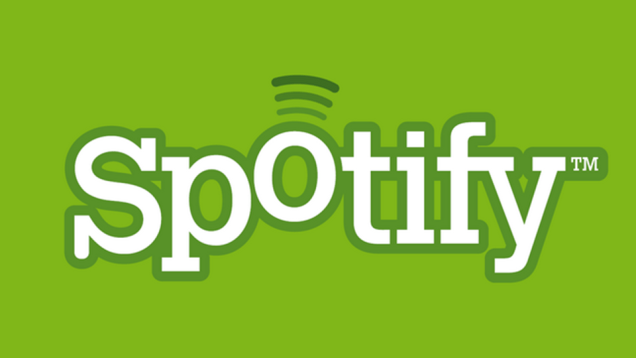On the same day that streaming rival Deezer announced a new cash injection of €100 million, Spotify has confirmed two new acquisitions, Cord Project and Soundwave. The startups are based respectively in New York and Dublin and focus on social and messaging. The acquisitions point to Spotify possibly ramping up its social features — specifically in areas like messaging.
But that will not include voice messaging, which is one of the pieces of technology that Cord Project built. “We are excited about the talent the Cord team brings to Spotify especially as it relates to design and audio experiences,” Spotify said. “This acquisition is not specifically about voice messaging and there are no plans to enter that space.”
The terms of the deals are not being disclosed but are likely to be on the modest side. Soundwave was backed by the likes of Mark Cuban and had raised less than $3 million; Cord Project, co-founded by ex-Googlers, raised under $2 million with backers including Lerer Hippeau and Metamorphic.
Spotify is not commenting on how it plans to use the technology and talent that it is picking up today, except to note in a short statement that it’s to boost its product and engineering capabilities.
“Spotify is laser focused on delivering innovative and engaging music discovery experiences to delight our millions of users,” said Shiva Rajaraman, Spotify’s VP of Product, in a statement. “The acquisitions of both Cord Project and Soundwave give us the opportunity to bring two extremely talented and like-minded teams into the Spotify family. We’re excited to welcome them on board, and are looking forward to their contributions in shaping the future of music engagement.”
To be clear, Spotify already has a way for people to message each other in the app, but what Soundwave and Cord Project will bring to the company are teams that have been focused on how to develop innovative ways to insert communications into platforms that may not be focused solely on that purpose.
The reason this is interesting for Spotify is that it could help the service be more of a platform for its 75 million users. As we wrote last week when Spotify announced a deal with Genius — where the annotations company will provide lyrics, observations and artists’ thoughts that will pop up as the music is played — Spotify can use features like this to make its app less of a background tool and more of something that people can actively look at while they’re listening to the music.
The same goes for messaging features. If you’re on your own listening to music, having a messaging option to discuss a track with a friend — or simply someone else who happens to be listening to it at the exact same time — could add a different dimension to the experience. It also harkens back to the very old concept of music being a social medium.
Adding more features to increase the functionality of Spotify could also help with monetizing, either by charging to use those features or including them in premium tiers; or by using them as vehicles for potential ads, or to help boost engagement metrics to help with advertising elsewhere. For Spotify, which focuses on audio ads, having more visual property could help boost other kinds of formats.
We have described Soundwave in the past as developing a “watercooler” for music fans, by both tracking what you listen to, what your friends listen to, and then using algorithms to suggest music based on that while also providing a messaging platform to discuss your playlists.
Interestingly, the trick behind Soundwave has been to do this by way of big data analytics, and drawing information from across multiple streaming sites, some 20 services in all including Spotify. The service picked up some 1.5 users of its app and a number of accolades from the likes of Apple. For now, Spotify is not saying what it plans to do with the existing service. “We are evaluating next steps but have nothing to announce right now,” a Spotify spokesperson told TechCrunch.
When we tried out Cord Project a little more than a year ago, co-founder and CEO Thomas Gayno said his aim was to combine what’s good about voice calls (emotion and nuance) with the advantages of text (speed and asynchronous communication).
Gayno said five out of the seven Cord Project team members will be joining Spotify — Gayno himself, his co-founder Jeff Baxter and three senior engineers. (In addition to their time at Cord, Gayno and Baxter also worked together at Google’s Creative Lab.) According to the acquisition release, the team “will build a product group [at Spotify] focused on creating compelling content experiences.”
The Cord app, plus other apps that the startup launched, will be shutting down, though Gayno promised that users will be able to download their “most emotional messages” in the coming weeks.
